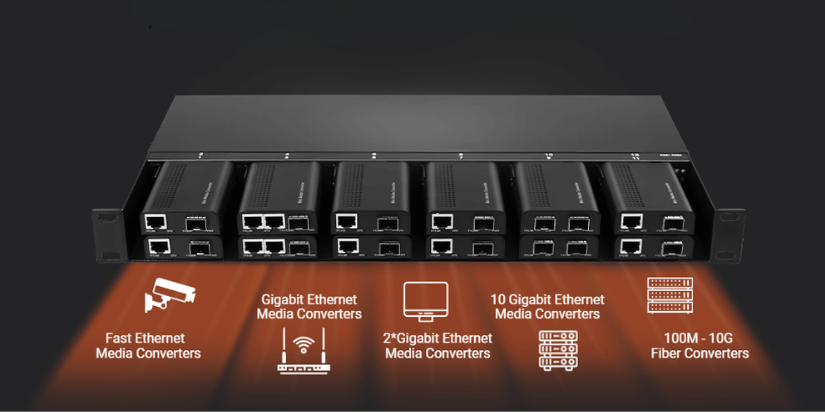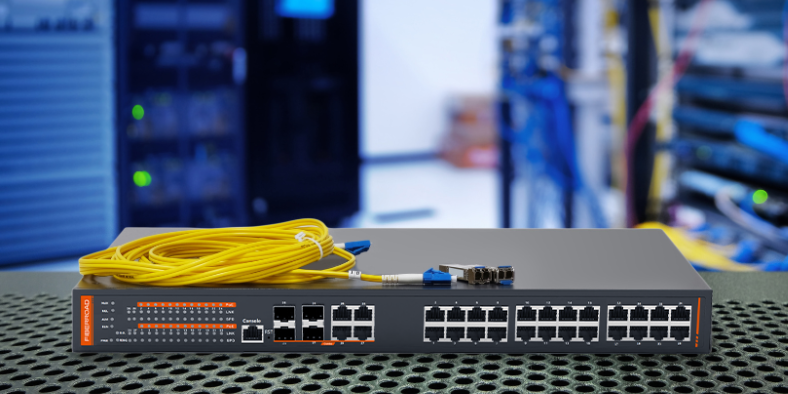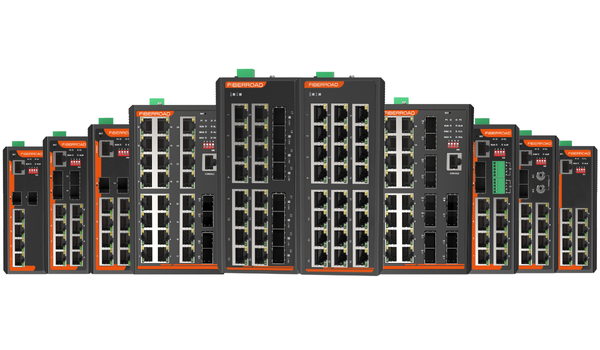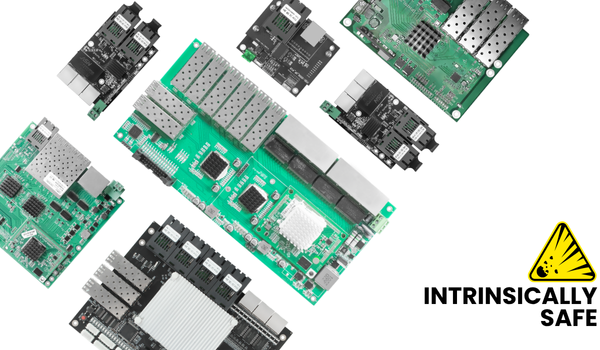TSN-based Intelligent Roadway and In-Vehicle Solutions
Transportation departments (DOTs), roadway authorities, and cities worldwide are prioritising road user safety—particularly for vulnerable populations—while also addressing traffic congestion and advancing climate change and sustainability initiatives. To achieve these goals, securely connecting critical roadway and intersection infrastructure is essential. This connectivity enables real-time visibility of road equipment and access to actionable data, optimising operations and supporting emerging vehicle technologies such as Cellular Vehicle-to-Everything (C-V2X) and Time-Sensitive Networking (TSN) over 5G/WiFi communications.
A variety of equipment—including video surveillance, detection systems, weather sensors, LiDAR, and radar—gathers real-time data on road and traffic conditions while detecting vulnerable road users. This data can then be used to manage dynamic message signs, traffic signals, and alert systems, ultimately reducing congestion and enhancing safety.
The Imperative for Intelligent Roadways and In-Vehicle Solutions

Cellular Vehicle-to-Everything (C-V2X)
Cellular Vehicle-to-Everything (C-V2X) is a cutting-edge wireless technology that enables vehicles to communicate directly with other vehicles (V2V), infrastructure (V2I), pedestrians (V2P), and networks (V2N). By leveraging cellular networks and direct short-range communication, C-V2X enhances road safety, optimises traffic flow, and supports the development of connected and autonomous vehicles (CAVs).

Time-Sensitive Networking (TSN) over 5G/WiFi communications
Time-Sensitive Networking (TSN) is a set of IEEE standards that enables deterministic, low-latency data transmission over Ethernet networks—critical for applications requiring precise timing and reliability. When integrated with 5G and WiFi, TSN extends these capabilities to wireless environments, supporting real-time communication for industrial automation, smart transportation, and other latency-sensitive use cases.
5G can bring the real-time capabilities of TSN to wireless networks for V2X communication. While TSN supports wired connectivity, 5G supports mobile and cloud connectivity. Bringing 5G and TSN together could be a critical step toward establishing more fully connected and supporting controller-to-controller, controller-to-device and device-to-compute communications.
Fiberroad’s TSN-based Intelligent Roadway and In-Vehicle Solution

Solution
- Deploy a network of intelligent devices, including surveillance cameras, sensors, LiDAR and edge computing systems to monitor real-time road conditions and detect vulnerable users.
- A robust connectivity framework combining 5G, WiFi, and Ethernet with Time-Sensitive Networking (TSN) standards is essential for achieving ultra-reliable, low-latency vehicle-to-vehicle (V2V) and vehicle-to-everything (V2X) communication.
- IEEE 802.1Qbv traffic scheduling prioritises safety-critical messages (e.g., V2V alerts) over standard traffic, reducing network congestion and jitter.
Benefits
- Nanosecond-level time synchronisation (IEEE 802.1AS) ensures real-time data exchange for critical applications like collision avoidance and emergency braking.
- Supports V2I (Vehicle-to-Infrastructure) communication, enabling dynamic traffic signal adjustments for emergency vehicles and optimised traffic flow.
- Edge computing integration allows real-time processing of LiDAR, radar, and video data to detect vulnerable road users (pedestrians, cyclists) and trigger alerts.










